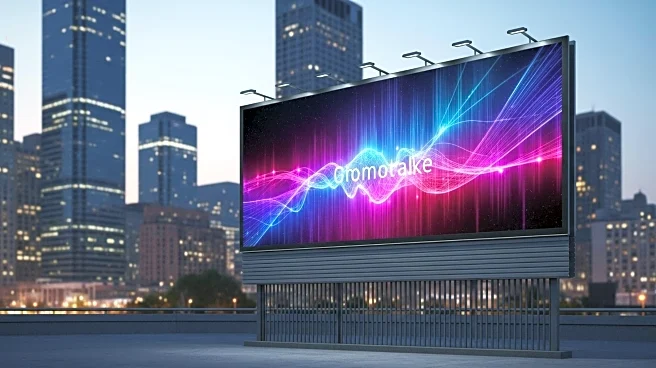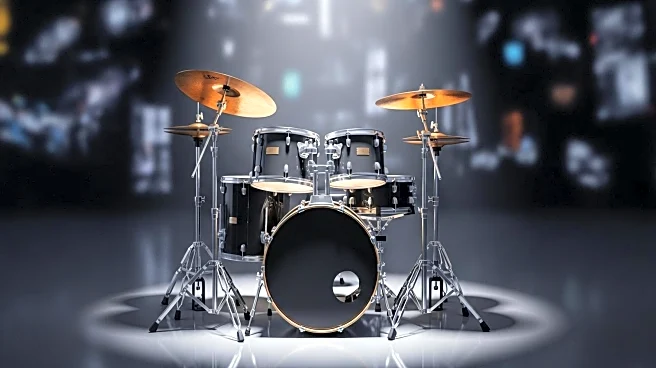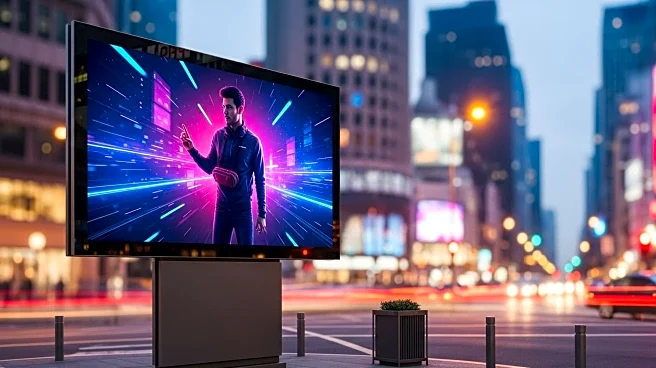What's Happening?
Out-of-home (OOH) advertising has undergone significant transformation, evolving from static billboards and bus stops to dynamic digital platforms. Historically seen as a domain for large brands with substantial
budgets, OOH has democratized access through programmatic digital formats, allowing brands of all sizes to participate. This shift has made OOH one of the most progressive spaces in media, characterized by digital-first, data-driven, and flexible buying models. The creative possibilities have expanded, with digital screens now capable of adapting in real-time to various contexts such as weather and traffic conditions. This responsiveness enhances the immediacy and human connection of outdoor advertising. Additionally, new measurement approaches have improved accountability, linking OOH exposure to digital outcomes like website traffic and sales, thus bridging the gap between brand visibility and performance.
Why It's Important?
The transformation of OOH advertising is significant for marketers seeking channels that offer both scale and accountability. As traditional media channels face challenges like fragmentation and declining trust, OOH's innovation provides a reliable alternative. The ability to adapt messaging in real-time and measure impact through digital outcomes makes OOH a compelling choice for brands aiming to enhance their marketing strategies. This evolution not only democratizes access for smaller brands but also positions OOH as a leader in contextual relevance and modern marketing innovation. The integration of automation, AI, and data further solidifies OOH's role as a future-facing space for brand storytelling, offering marketers a testbed for new ideas and approaches.
What's Next?
As OOH continues to innovate, the adoption of programmatic buying and dynamic creative is expected to increase, further enhancing its accessibility and effectiveness. Brands may increasingly leverage OOH for targeted campaigns, utilizing its ability to adapt to real-time data and context. The ongoing integration of technology such as AI and data analytics will likely drive further advancements in measurement and accountability, making OOH an even more attractive option for marketers. As the media landscape evolves, OOH is poised to remain a key player, offering unique opportunities for brands to engage with audiences in meaningful ways.
Beyond the Headlines
The reinvention of OOH advertising highlights broader trends in media consumption and marketing strategies. As consumers become more accustomed to personalized and contextually relevant content, OOH's ability to deliver such experiences positions it as a leader in the shift towards more interactive and engaging advertising. This transformation also reflects a growing emphasis on accountability and measurable outcomes in marketing, aligning with the increasing demand for transparency and effectiveness in advertising spend. The evolution of OOH may influence other media channels to adopt similar innovations, driving a more integrated and responsive advertising ecosystem.











